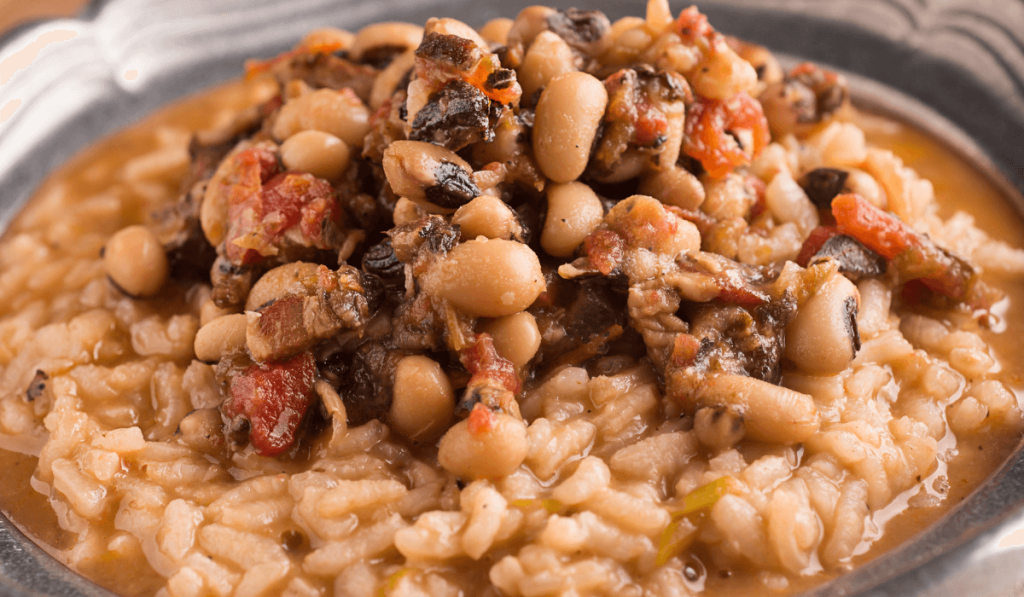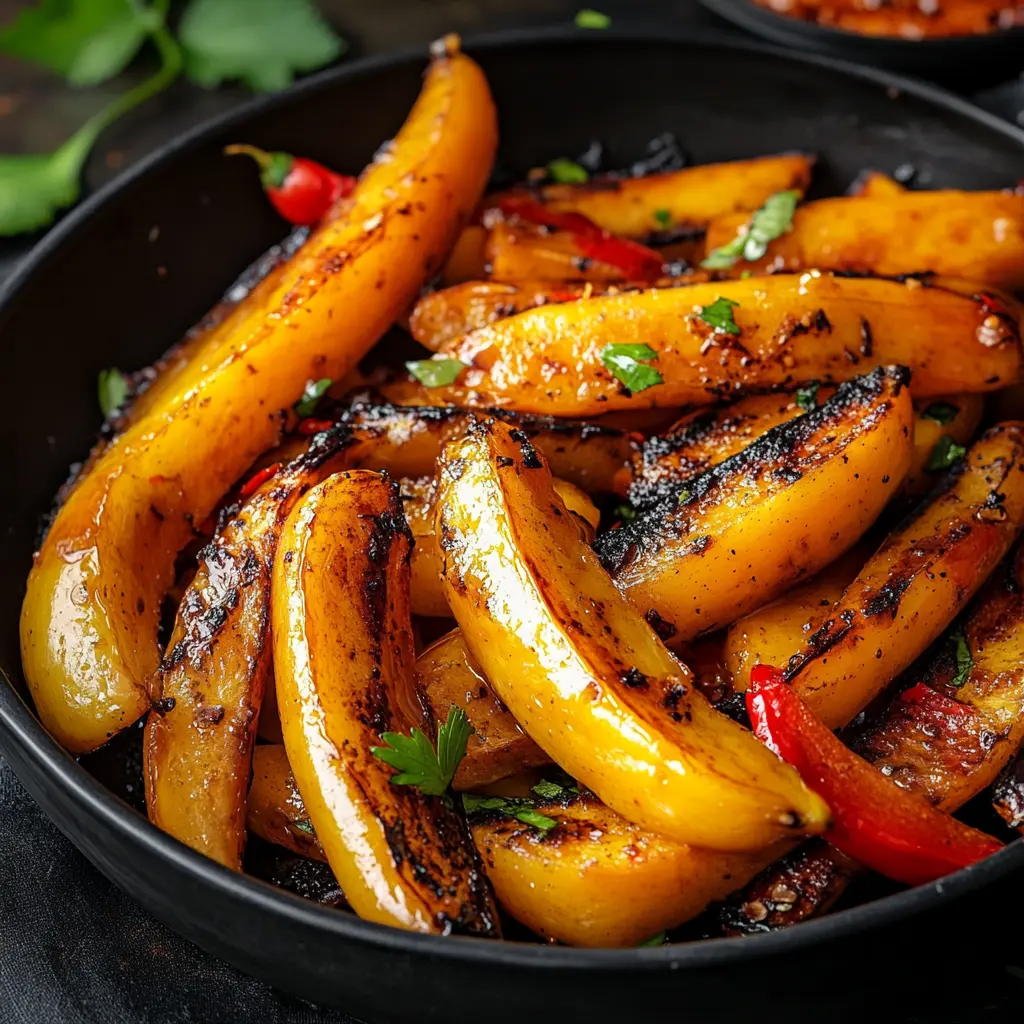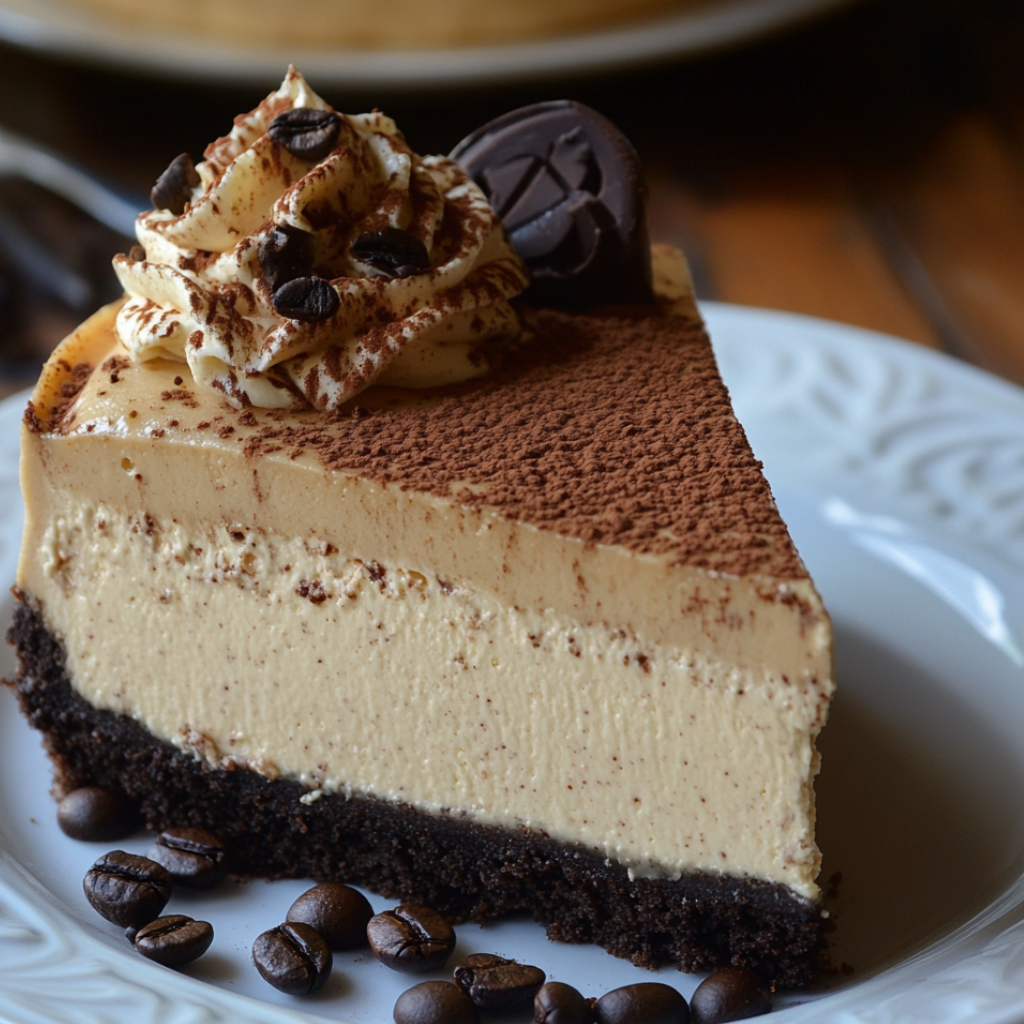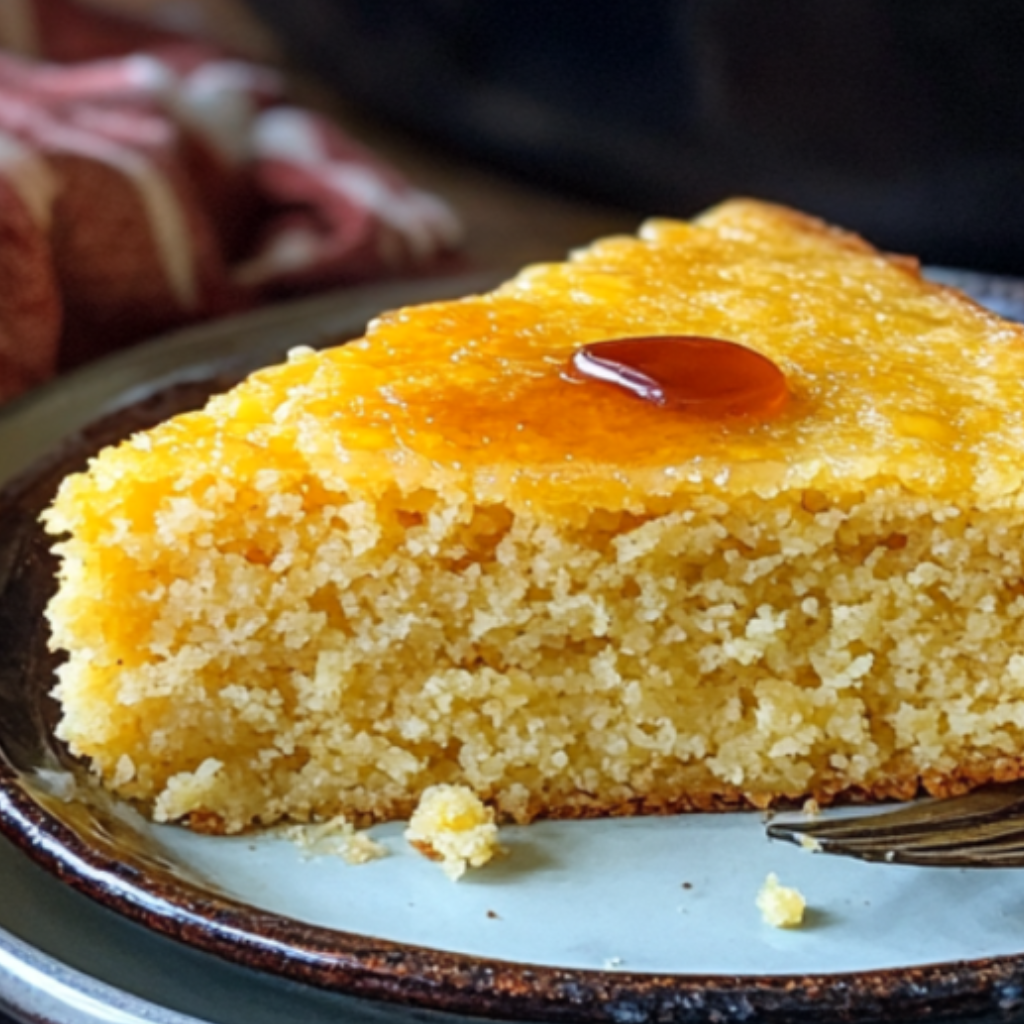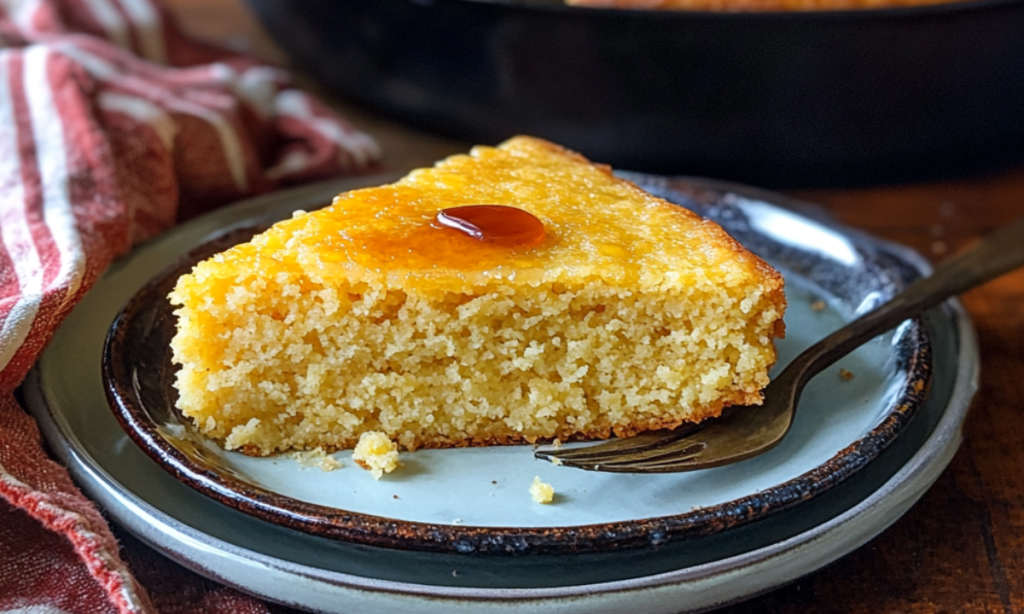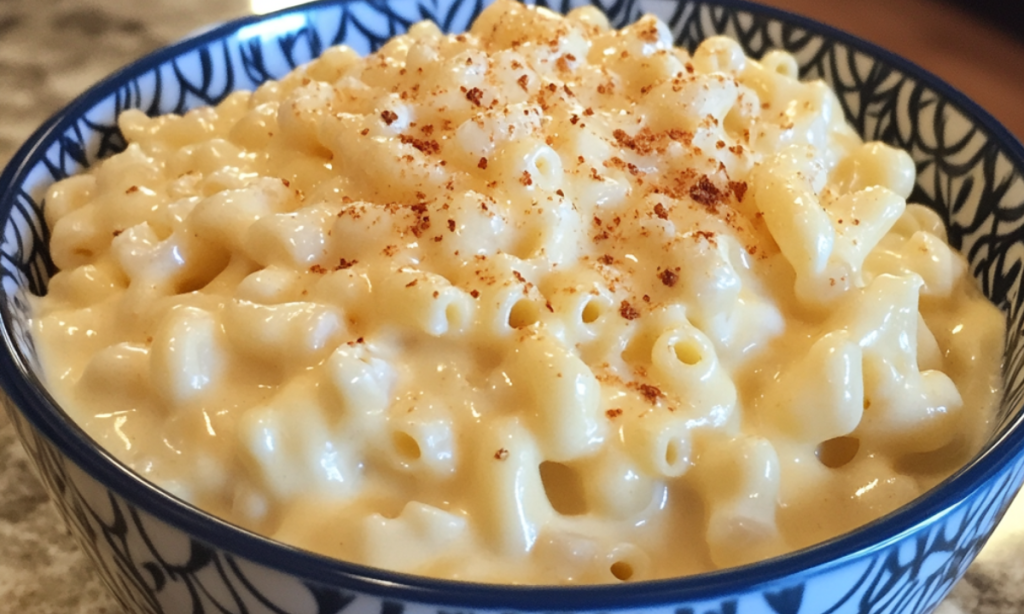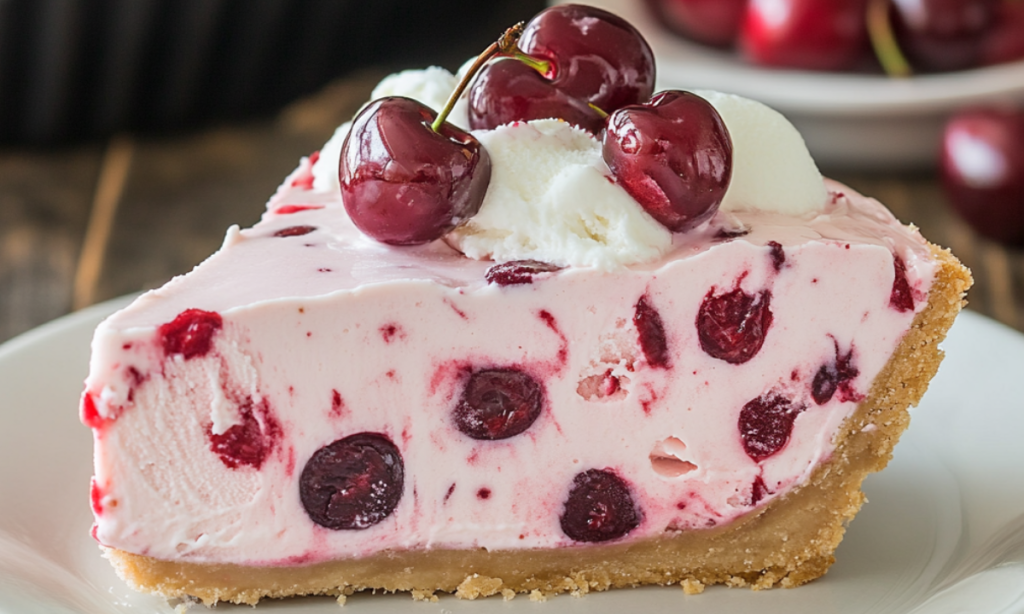Introduction to Black Eyed Peas
Welcome to our guide on the Black Eyed Peas Recipe, a cornerstone of Southern cuisine and a versatile component in kitchens worldwide. These legumes, famous for their signature black spot, offer more than just flavor. They’re a symbol of tradition and nutrition. Here, we’ll delve into their history and discuss their role in nutritious legume recipes, including the beloved Southern Black Eyed Peas dish.
Black eyed peas hail from West Africa. They’ve become integral to Southern cooking, particularly in dishes like Hoppin’ John. Served on New Year’s Day, they’re believed to bring luck. This journey from African fields to American tables reflects adaptability and cultural significance.
Nutritionally, these peas are a powerhouse. They’re rich in protein, making them ideal for vegan black eyed peas dishes. Their high fiber content aids digestion and helps stabilize blood sugar levels. This makes them a key ingredient in any hearty peas meal. Additionally, their mineral content, including potassium and iron, boosts energy and supports heart health.
Their earthy yet mild taste allows for culinary creativity. They fit into various recipes, from traditional stews to innovative vegan options. This adaptability makes them a favorite in diverse culinary traditions.
As we explore various recipes and cooking methods, we celebrate the humble black eyed pea. Our journey will showcase everything from classic Southern Black Eyed Peas recipes to nutritious legume dishes, each offering a unique flavor and health benefits.
Selecting the Best Black Eyed Peas
Choosing the right black eyed peas is key to a great dish. You can pick from fresh or dried peas. Each type has its own benefits. Fresh peas are tender and cook quickly. They’re great for when you’re short on time. Dried peas, on the other hand, are more common. They last longer and are usually cheaper. But, they need soaking before cooking.
To identify quality peas, look for uniform color and smooth texture. Avoid peas with cracks or discoloration. This indicates they’re old or poorly stored. Fresh peas should feel firm and not mushy. Dried peas should be whole, not split or broken.
Whether you choose fresh or dried, good quality peas are essential. They ensure your Black Eyed Peas Recipe turns out flavorful and delicious. This is especially important in dishes like Southern Black Eyed Peas or a nutritious legume recipe. Quality peas make a difference in the taste and texture of your meal.
Preparation and Cooking Techniques for Black Eyed Peas
When crafting a delightful Black Eyed Peas Recipe, whether it’s a traditional Southern Black Eyed Peas dish or a nutritious legume recipe, the preparation and cooking techniques are crucial.
- Soaking: Essential for dried peas, soaking softens them and reduces cooking time. Choose between a quick soak, boiling the peas briefly then letting them sit for an hour, or an overnight soak in cold water.
- Rinsing and Sorting: Post-soaking, rinse the peas to remove impurities. Sorting is key, whether they are dried or fresh. Discard any damaged peas or debris to ensure the quality of your hearty peas meal.
- Cooking: Place the peas in a pot, covering them with water or broth. Adding aromatics like onions or garlic enhances the flavor. Bring to a boil, then simmer until tender, which varies based on soaking.
- Seasoning: Add salt or acidic components towards the end to prevent tough skins.
- Final Touches: Enhance your dish with ingredients like bacon or ham hocks. For a vegan black eyed peas dish, opt for plant-based proteins or herbs.
These techniques guarantee a flavorful and tender outcome, perfect for any black eyed peas recipe.
Cooking Methods Explored
When it comes to a Black Eyed Peas Recipe, the cooking method can vary, whether it’s for a classic Southern Black Eyed Peas dish, a vegan black eyed peas dish, or a nutritious legume recipe. Here are some popular methods:
- Stovetop Cooking: This traditional method involves simmering the peas in water or broth. Start by sautéing aromatics like onions and garlic in oil, then add the peas and liquid. Bring to a boil, reduce to a simmer, and cook until tender. This method allows for rich flavor development.
- Slow Cooker: Ideal for a hands-off approach. Place soaked peas, water or broth, and your desired seasonings in the slow cooker. Cook on low for 6-8 hours or on high for 3-4 hours. This method is great for developing deep, complex flavors and is perfect for a hearty peas meal.
- Pressure Cooker/Instant Pot: For a faster cooking time, use a pressure cooker. Combine the peas, liquid, and seasonings in the pot. Cook on high pressure for about 10 minutes, followed by a natural release. This method retains nutrients and flavor, making it excellent for a nutritious legume recipe.
- Baking: An unconventional method but great for dishes like casseroles. Pre-cook the peas, then mix with other ingredients and bake until bubbly and golden. This method is great for creating a rich, layered vegan black eyed peas dish.
Each method has its own merits and can be chosen based on the desired texture and flavor, as well as convenience.
Flavoring and Recipes
Flavoring plays a pivotal role in any Black Eyed Peas Recipe, whether it’s a classic Southern Black Eyed Peas dish, a vegan black eyed peas meal, or a general nutritious legume recipe. The right blend of herbs and spices can transform the humble black eyed pea into a culinary delight.
- Herbs: Fresh herbs like thyme, parsley, and cilantro add a bright, aromatic dimension. Bay leaves, a staple in many kitchens, impart a subtle depth of flavor. These herbs are especially useful in creating a fresh taste profile in vegan black eyed peas dishes.
- Spices: Spices are the backbone of flavoring. Cumin, coriander, and paprika offer warmth and complexity. For those who enjoy a bit of heat, a dash of cayenne pepper or chili flakes can be added. In Southern recipes, smoked paprika is often used for its ability to add a smoky richness.
- Regional Variations: Different regions have their unique take on seasoning black eyed peas. In the American South, incorporating smoked meats like bacon or ham hocks is common, adding a deep, savory flavor. Caribbean versions might include coconut milk for creaminess and allspice for a hint of sweetness and warmth. For a heartier peas meal, incorporating regional ingredients and spices can make all the difference.
- Acids and Sweeteners: A splash of vinegar or a squeeze of lemon juice can brighten up the dish, while a touch of sugar or honey balances the flavors.
By exploring various herbs, spices, and regional ingredients, you can create a range of flavorful and nutritious black eyed peas recipes, each with its unique character and taste.
Classic Black Eyed Peas Recipe
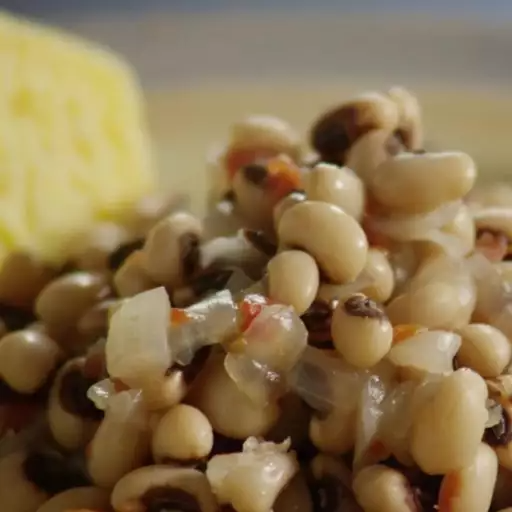
A traditional Black Eyed Peas Recipe is a staple in Southern cuisine, celebrated for its simple yet rich flavors. This classic recipe is a perfect introduction to cooking with black eyed peas, whether you’re aiming for a nutritious legume recipe or a hearty peas meal.
Ingredients:
- 1 cup dried black eyed peas, soaked overnight
- 4 cups water or chicken broth
- 1 onion, diced
- 2 cloves garlic, minced
- 1 bay leaf
- 1 tsp smoked paprika
- Salt and pepper to taste
- Optional: ham hock or bacon for added flavor
Instructions:
- Prep the Peas: After soaking the black eyed peas overnight, drain and rinse them.
- Cook the Aromatics: In a large pot, sauté the onion and garlic until they’re soft and fragrant.
- Simmer the Peas: Add the black eyed peas to the pot along with water or chicken broth, a bay leaf, and smoked paprika. If you’re using a ham hock or bacon, add it now for a traditional Southern touch.
- Cooking: Bring the mixture to a boil. Reduce the heat to a simmer and cover. Cook for about 1 hour or until the peas are tender. Stir occasionally and add more water if needed.
- Seasoning: Once the peas are tender, remove the bay leaf and ham hock (if used). Season with salt and pepper to taste.
- Serving: Serve the black eyed peas warm as a standalone dish or as a side with cornbread or rice. For a vegan black eyed peas dish, omit the meat and consider adding a dash of liquid smoke for depth.
This classic recipe is heartwarming and fulfilling, offering a taste of Southern comfort in every bite. It’s a testament to the versatility and enduring appeal of black eyed peas.
Advanced Recipes and Variations with Black Eyed Peas
Expanding beyond the classic Black Eyed Peas Recipe, there are numerous advanced recipes and variations that showcase the versatility of this nutritious legume. Whether it’s a twist on the traditional Southern Black Eyed Peas dish or a creative vegan black eyed peas meal, these variations add excitement to any menu.
- Black Eyed Peas Salad: A refreshing and healthy option. Mix cooked and cooled black eyed peas with diced tomatoes, cucumbers, red onions, and a tangy vinaigrette. Add herbs like parsley or mint for a fresh flavor. This salad is perfect as a light lunch or a side dish.
- Spicy Black Eyed Peas Soup: For a hearty meal, try a spicy soup. Sauté onions, garlic, and bell peppers, then add soaked black eyed peas, broth, diced tomatoes, and your choice of spicy seasonings like cayenne or jalapeños. Simmer until the peas are tender. Serve with a dollop of sour cream or yogurt.
- Black Eyed Peas Curry: A vegan black eyed peas dish that’s rich in flavors. Cook the peas with onions, garlic, ginger, tomatoes, and a blend of spices like cumin, coriander, turmeric, and garam masala. Add coconut milk for creaminess. Serve with rice or naan bread.
- Black Eyed Peas and Rice (Hoppin’ John): Upgrade the classic Southern recipe by adding aromatic spices, smoked sausage, or even shrimp. This one-pot meal is a hearty peas dish that’s both comforting and satisfying.
- Stuffed Bell Peppers with Black Eyed Peas: Hollow out bell peppers and stuff them with a mixture of cooked black eyed peas, rice, vegetables, and cheese. Bake until the peppers are tender and the filling is bubbly. This dish is a great way to turn a nutritious legume recipe into a complete meal.
- Black Eyed Peas Fritters
These advanced recipes and variations highlight the adaptability of black eyed peas, allowing for endless culinary exploration. Each dish brings a new dimension to the humble pea, making it a star ingredient in diverse and delicious meals.
Serving and Presentation Tips for Black Eyed Peas Dishes
When it comes to serving and presenting your Black Eyed Peas Recipe, whether it’s a classic Southern Black Eyed Peas dish, a nutritious legume recipe, or a vegan black eyed peas meal, a few simple tips can enhance the dining experience.
- Choose the Right Dishware: The serving dish can set the tone. Rustic bowls are great for a homely, comforting feel, perfect for hearty peas meals. For a more elegant presentation, use fine china or contemporary plates.
- Add Color and Contrast: Black eyed peas are fairly neutral in color. Brighten your dish with colorful garnishes like chopped herbs, red pepper flakes, or lemon zest.
- Consider Texture: A sprinkle of crunchy elements like toasted breadcrumbs or nuts can add an interesting texture contrast to the creamy peas.
- Layering: Especially for salads or layered dishes, consider how you layer the ingredients. Place the peas as a base and layer other components on top for a visually appealing presentation.
- Use Fresh Herbs: A garnish of fresh herbs not only adds color but also imparts a fresh aroma.
- Sauce Art: If your dish involves a sauce or dressing, get creative with it. Drizzle it artistically around the plate or use it as a base on which to place the rest of the dish.
- Portion Size: Serve appropriate portion sizes. For a main course, a larger portion is expected, whereas for sides or appetizers, smaller, more delicate servings are suitable.
- Pair with Sides: Consider what you pair with your black eyed peas. Cornbread, rice, or a fresh salad can complement your dish, both in taste and presentation.
- Theme Consistency: If your meal follows a particular theme (like Southern cuisine), carry this through in your presentation and table setting for a cohesive dining experience.
By keeping these tips in mind, you can elevate the presentation of your black eyed peas dishes, making them as delightful to look at as they are to eat.
Frequently Asked Questions about Black Eyed Peas
1. How long can you store cooked black eyed peas?
Cooked black eyed peas can be stored in the refrigerator for up to four days. Ensure they are stored in a sealed container to maintain freshness. For the best taste, reheat them slowly on the stove or in a microwave. If you’ve made a large batch of a Black Eyed Peas Recipe, like a Southern Black Eyed Peas dish or a nutritious legume recipe, refrigeration is a great way to extend the dish’s life.
2. Can black eyed peas be frozen?
Yes, black eyed peas freeze well. To freeze, let the cooked peas cool down completely. Then, transfer them to airtight freezer bags or containers. They can be frozen for up to six months. This is an excellent option for meal prepping or if you want to have a ready-to-use ingredient for quick meals like a hearty peas meal or a vegan black eyed peas dish. To use, thaw in the refrigerator overnight or reheat directly from frozen.
3. Tips for cooking without losing nutrients?
To retain the nutrients in black eyed peas:
- Minimize Soaking Time: While soaking is necessary for dried peas, keeping the soaking time to just enough to soften them helps in retaining nutrients.
- Use Soaking Water for Cooking: Some nutrients leach into the soaking water. Use this water for cooking instead of discarding it.
- Avoid Overcooking: Overcooking can lead to nutrient loss. Cook until they are just tender.
- Steam Instead of Boiling: If possible, steam the peas rather than boiling them, as this can help retain more nutrients.
- Add Acidic Ingredients Later: Adding ingredients like tomatoes or lemon juice after the peas are mostly cooked can help preserve their nutritional content.
Conclusion
In conclusion, black eyed peas are not just a culinary delight but also a nutritional powerhouse. From the classic Southern Black Eyed Peas dish to innovative vegan black eyed peas recipes, these legumes offer versatility and flavor that can enhance any meal. The key to a successful Black Eyed Peas Recipe lies in selecting quality peas, preparing them with the right techniques, and experimenting with various flavors and cooking methods.
Remember to store and handle these peas properly to maintain their nutritional value and taste. Whether you’re cooking a traditional dish or exploring new variations, black eyed peas provide a canvas for a range of culinary creations. By incorporating these tips and recipes into your cooking repertoire, you can enjoy the rich flavors and health benefits of this humble yet remarkable legume.
In every spoonful, black eyed peas bring a taste of tradition, comfort, and nutrition, making them a worthy addition to any diet. Enjoy the journey of cooking with black eyed peas, and let their earthy, wholesome flavor inspire your culinary adventures.


